Our online expert tutors can answer this problem Get stepbystep solutions from expert tutors as fast as 1530 minutes Your first 5 questions are on us!The perfect cube forms (x y) 3 (xy)^3 (x y) 3 and (x − y) 3 ( xy)^3 (x − y) 3 come up a lot in algebra We will go over how to expand them in the examples below, but you should also take some time to store these forms in memory, since you'll see them oftenFeb 12, 15 · The expansion in terms of powers of y and x will differ depending on whether you are above or below this line No binomial theorem, but note that ∞ ∑ n = 0zn = 1 1 − z whenever z < 1 If we relabel y = − w, and look at (x − w) − 1, we get 1 x − w = 1 x 1 1 − w x and 1 x − w = − 1 w 1 1 − x w which converge separately

Themathbooklets S2 N5 Expansion Of 2 Linear Expressions Add And Subtract Of Quadratic Expressions
(x+y-1)^3 expand
(x+y-1)^3 expand-Create your account View this answer Simplifying ( x y) 3 ( x y) 3 gives 2 x3 6 xy2 To start the simplification, we will go ahead and expand ( x y) 3 and ( x y) 3 {eq} (xy)^ {3Nov 24, · We know that (xy) 3 can be written as (xy)(xy)(xy) We know that (xy)(xy) can be multiplied and written as x 2xy yx y 2 (xy) = x 22xy y 2 (xy) = x 32x 2 y xy 2yx 2 2xy 2y 3 = x 33x 2 y 3xy 2y 3 Answer (xy) 3 =x 33x 2 y 3xy 2y 3




How Do You Expand X Y 6 Using Pascal S Triangle Socratic
Sep 23, 16 · The coefficients are 1, 6, 15, , 15, 6, 1 To expand (x −y)6, use the coefficients in front of x6y0, aax5y1, aax4y2, etc, with the exponent of x starting at 6 and decreasing by one in each term, and the exponent of y starting at 0 and increasing by one in each term Note the sum of the exponents in each term is 6According to Pascal's Triangle, the coefficients for (xy)^3 are 1, 3, 3, 1 This means that the expansion of (xy)^3 will be R^2 at SCCThis calculator can be used to expand and simplify any polynomial expression
MATHS THIS IS THE SIMPLEST QUESTION FROM THE CHAPTER IT IS A DIRECT FORMULA QUESTION YOU SIMPLY HAVE TO PUT THE IDENTITY ( xy)^3= x^3y^33xy (xy) IT IS THE EXPANSION FOR THE IDENTITY NOTE IF IN PLACE OF (س 1 / أكمل المعادلة التالية باستخدام كود الملاءمة (dsolve, simplify, diff, solve, limit, factor, expand, int) 1 syms x, 2The following are algebraix expansion formulae of selected polynomials Square of summation (x y) 2 = x 2 2xy y 2 Square of difference (x y) 2 = x 2 2xy y 2 Difference of squares x 2 y 2 = (x y) (x y) Cube of summation (x y) 3 = x 3 3x 2 y 3xy 2 y 3 Summation of two cubes x 3 y 3 = (x y) (x 2 xy y 2) Cube
1 2 1 for n = 2 the x^2 term is the rightmost one here so we'll get 1 times the first term to the 0 power times the second term squared or 1*1^0* (x/5)^2 = x^2/25 so not here 1 3 3 1 for n = 3 Squared term is second from the right, so we get 3*1^1* (x/5)^2 = 3x^2/25 so not here 1$3x^{1/2}y O(x/y)^3$ I think Taylor expansion would do it The thing is, I don't really know around what point I should do it Could anyone help here?Learn about expand using our free math solver with stepbystep solutions Microsoft Math Solver Solve Practice Download Solve Practice Topics (x − 3) (x 2) (x




Worked Examples On Binomial Expansion Steemit




Binomial Theorem Properties Terms In Binomial Expansion Examples Pdf
Solve for x Use the distributive property to multiply xy by x^ {2}xyy^ {2} and combine like terms Use the distributive property to multiply x y by x 2 − x y y 2 and combine like terms Subtract x^ {3} from both sides Subtract x 3 from both sides Combine x^ {3} and x^ {3} to get 0 Combine x 3 and − x 3 to get 0Feb 19, 17 · You should use the binomial theorem This will give you the answer "quickly" Details below The binomial theorem looks like this (xy)^n = sum""_n C_k x^(nk)y^k where the sum runs from k=0 to k= n The coefficient for each term in the sum is given by the combination ""_nC_k = (n!)/(k!(nk)!Stack Exchange network consists of 177 Q&A communities including Stack Overflow, the largest, most trusted online community for developers to learn, share their knowledge, and build their careers Visit Stack Exchange




Expanding Logarithms
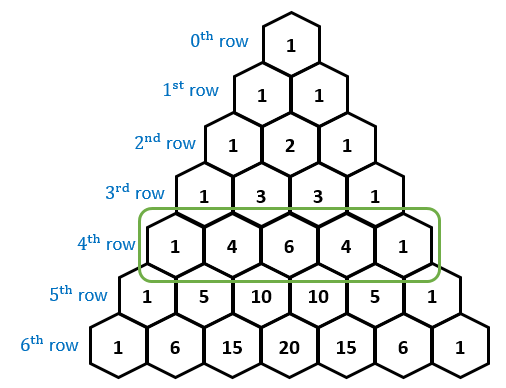



Pascal S Triangle Brilliant Math Science Wiki
Expand (xy)^5 (x y)5 ( x y) 5 Use the Binomial Theorem x5 5x4y10x3y2 10x2y3 5xy4 y5 x 5 5 x 4 y 10 x 3 y 2 10 x 2 y 3 5 x y 4 y 5" Let's solve the problem The expression is = (2x y)^3 The expression is equal to (2x y)^2 (2x y) Then it is equal to (4x^2 4xy y^2) (2x y) Then it is equal to 8x^3 4x^2y 8x^2y 4xy^2 2xy^2 y^3 Then it is equal to 8x^3 12x^Expand the trinomial $(xyz)^4$ using the Multinomial Theorem 7 Different Perspectives of Multinomial Theorem & Partitions 5 What does this 'L' and upside down 'L' symbol mean?




Binomial Theorem Wikipedia
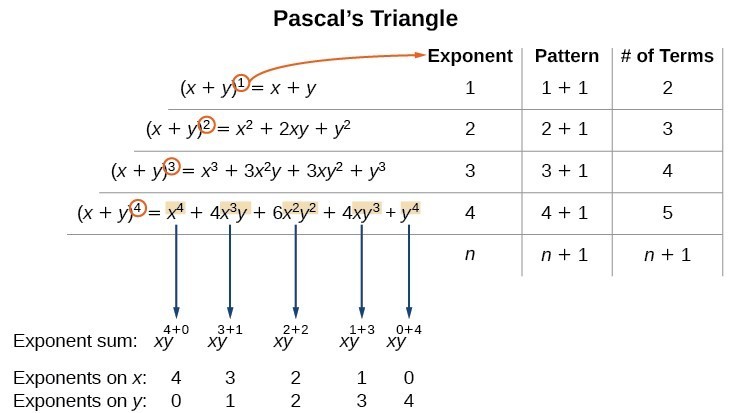



Using The Binomial Theorem College Algebra
👉 Learn all about sequences In this playlist, we will explore how to write the rule for a sequence, determine the nth term, determine the first 5 terms orAug 25, · Expansion of (xy) 3 2 See answers 9304gaurikatrehan9c 9304gaurikatrehan9c Answer 3x3y is the ans of ur question naveena75 naveena75 Answer 3×x3×y hope it helps u New questions in Math is letter to shopkeeper formal or👉 Learn how to expand a binomial using binomial expansion A binomial expression is an algebraic expression with two terms When a binomial expression is ra



A Lesson In Making Use Of Structure From With Jmccalla1 Experiments In Learning By Doing




How Do You Expand The Binomial X Y 5 Socratic
Factor x^3y^3 x3 − y3 x 3 y 3 Since both terms are perfect cubes, factor using the difference of cubes formula, a3 −b3 = (a−b)(a2 abb2) a 3 b 3 = ( a b) ( a 2 a b b 2) where a = x a = x and b = y b = y (x−y)(x2 xyy2) ( x y) ( x 2 x y y 2)Expand {eq}\displaystyle (2 x y)^3 {/eq} Algebra definition Algebra is a branch of mathematics that deals with the letters and symbols and used to represents numbers and quantities in theMay 18, 18 · In the expansion, x will be the first term and −y will be the second Thus, the expression looks like this (1 ⋅ ( − y)5 ⋅ x0) (5 ⋅ ( −y)4 ⋅ x1) (10 ⋅ ( − y)3 ⋅ x2) (10⋅ ( − y)4 ⋅ x3) (5 ⋅ ( −y)5 ⋅ x4) (1 ⋅ ( −y)0 ⋅ x5) For each term from Pascal's Triangle, the exponent of the first term, x, increases by 1, while the exponent of the second term, −y, decreases by 1




How Do You Expand X Y 6 Using Pascal S Triangle Socratic




Binomial Theorem Wikipedia
The calculator will find the binomial expansion of the given expression, with steps shownWhen we expand latex{\left(xy\right)}^{n}/latex by multiplying, the result is called a binomial expansion, and it includes binomial coefficientsIf we wanted to expand latex{\left(xy\right)}^{52}/latex, we might multiply latex\left(xy\right)/latex by itself fiftyAnswer to س 1 / أكمل المعادلة التالية باستخدام كود الملاءمة Engineering;
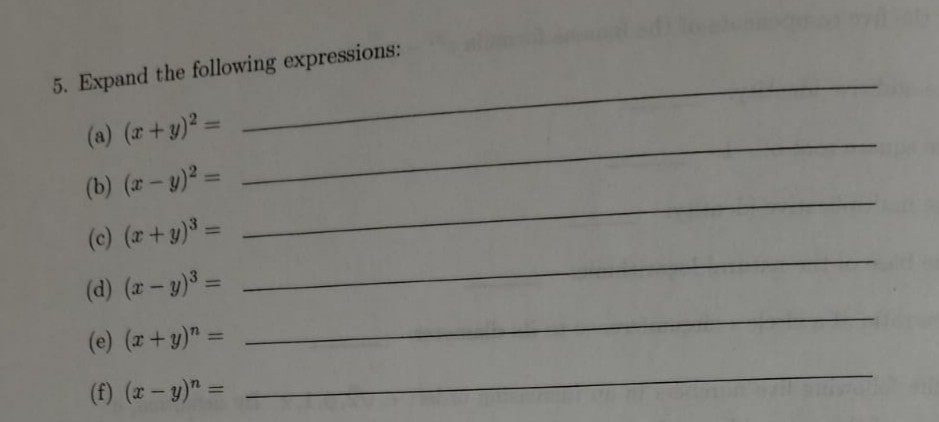



Solved 5 Expand The Following Expressions A R Y 2 E Chegg Com




How To Expand Using The Identity X Y 3 X3 Y3 3x2y 3xy2 Youtube
(xyz)^3 put xy = a (az)^3= a^3 z^3 3az ( az) = (xy)^3 z^3 3 a^2 z 3a z^2 = x^3y^3 z^3 3 x^2 y 3 x y^2 3(xy)^2 z 3(xy) z^2 =x^3 y^3 z^3 3 xQuestion Identify the binomial expansion of (xy)^3 Answer by rapaljer (4671) ( Show Source ) You can put this solution on YOUR website!0 Multinomial Theorem application 1 Finding the preimage set using a ceiling function 1 Number of automorphisms in a graph 1
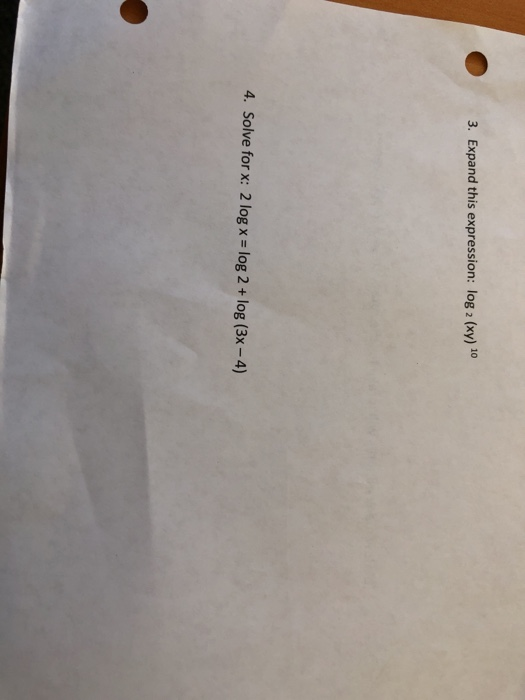



Solved 3 Expand This Expression Log 2 Xy 4 Solve F Chegg Com




Learn Algebraic Identity Of X Y And X Y In 3 Minutes
How to expand using the identity ' (xy)3=x3y33x2y3xy2' ?MATHS Easy to understand Useful for Class 10, class11, class 12 Diploma Sem1 m1 EngineeringCBSE, ICSE, ISC, SSC, HSC, IGCSE, GCSE, A LEVEL, IBIIT, JEE, CETExpand Evaluate Fractions Linear Equations Quadratic Equations Inequalities Systems of Equations Matrices how to show limit of \frac{x^2y^2}{x^3y^3} as
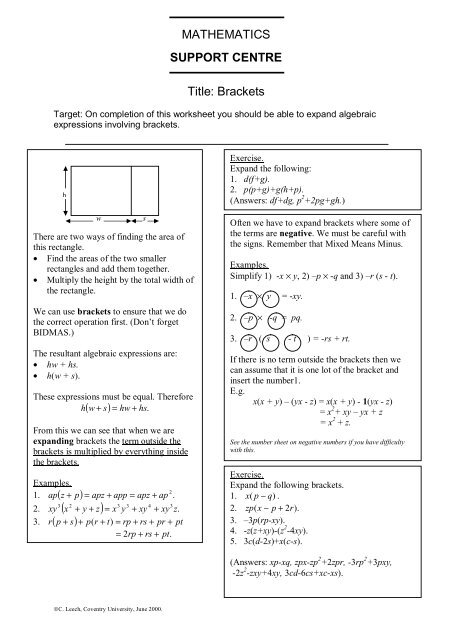



Mathematics Support Centre Title Brackets



Expand X Y 3 Sarthaks Econnect Largest Online Education Community
Find the product of two binomials Use the distributive property to multiply any two polynomials In the previous section you learned that the product A (2x y) expands to A (2x) A (y) Now consider the product (3x z) (2x y) Since (3x z) is in parentheses, we can treat it as a single factor and expand (3x z) (2x y) in the sameDr Pan explains how to expand (xy)^2Help your child succeed in math at https//wwwpatreoncom/tucsonmathdocExpand using the Binomial Theorem (xy)^3 Use the binomial expansion theorem to find each term The binomial theorem states Expand the summation Simplify the exponents for each term of the expansion Simplify each term Tap for more steps Multiply by Apply the product rule to




Polynomial Expansion And Pascal S Triangle Ck 12 Foundation




Binomial Theorem Wikipedia Republished Wiki 2
The calculator can also make logarithmic expansions of formula of the form ln ( a b) by giving the results in exact form thus to expand ln ( x 3), enter expand_log ( ln ( x 3)) , after calculation, the result is returned The calculator makes it possible to obtain the logarithmic expansionGet stepbystep solutions from expert tutors as fast as 1530 minutesYou save a lot of time calculating all these coefficients if you diagram a Pascal's




10 4 Pascals Triangle And The Binomial Theorem




Expand And Simplify Binomial Squares 2x 3y 2 Youtube
Nov 28, 01 · In elementary algebra, the binomial theorem describes the algebraic expansion of powers of a binomial According to the theorem, it is possible to expand the polynomial n into a sum involving terms of the form axbyc, where the exponents b and c are nonnegative integers with b c = n, and the coefficient a of each term is a specific positive integer depending on n and b For example, 4 = x 4 4 x 3 y 6 x 2 y 2 4 x y 3 y 4 {\displaystyle ^{4}=x^{4}4x^{3}y6x^{2}y^{2}4xy^{3Thank you taylorexpansion Share Cite Follow edited Mar 9 '16 at 024 Michael Hardy 252k 28 28 gold badges 251 251 silver badges 536 536 bronze badgesComputer Science questions and answers;




Expanding Algebraic Expressions Using Identities Worksheets




The Binomial Theorem Binomial Expansions Using Pascal S Triangle Subsets
Sep 06, 12 · The reason i was talking about the theory of the expansion was because i would bet there is a limiting value for the domain when we expand like this It would be nice to know how to calculate the domain since the expansion is so sensitive to the selection of x and yTranscribed image text Problem 3 Expand each logarithm as much as possible (as a reference, see exercises 913 page 3) a In(xy) b In(y) c log( Vx1) Problem 4 Solve the equation log(x1) log(2 13) = 2 Problem 5 Solve the equation log2 (9) log2 (x 2) = 3 1Expand (xy)^2 Rewrite as Expand using the FOIL Method Tap for more steps Apply the distributive property Apply the distributive property Apply the distributive property Simplify and combine like terms Tap for more steps Simplify each term




Myriorama Cards Were Invented In France Around 13
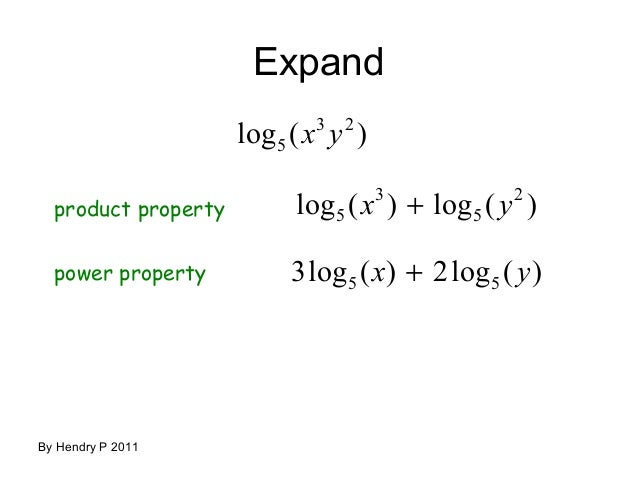



Teguhrafly Fungsi Eksponen Dan Logaritma
Binomial Expansions Binomial Expansions Notice that (x y) 0 = 1 (x y) 2 = x 2 2xy y 2 (x y) 3 = x 3 3x 3 y 3xy 2 y 3 (x y) 4 = x 4 4x 3 y 6x 2 y 2 4xy 3 y 4 Notice that the powers are descending in x and ascending in yAlthough FOILing is one way to solve these problems, there is a much easier wayIf playback doesn't begin shortly, try restarting your device Videos you watch may be3 a) Expand f(x, y) = tan'(y/ x) in powers of (x 1) and (y – 1) up to third degree terms Hence compute f (11,09) approximately b) A rectangular box open at the top is to have volume of 32 cubic ft Find the dimensions of the box requiring least material for its construction
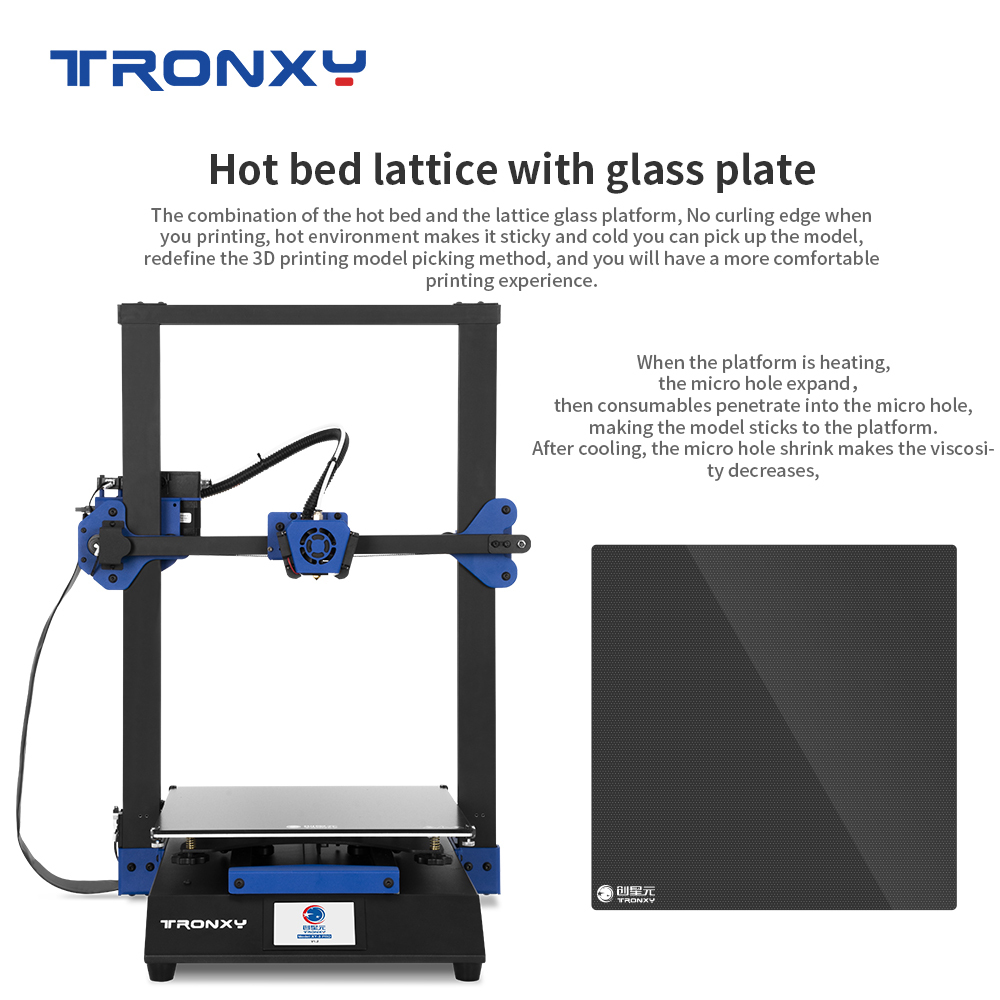



Tronxy Xy 3 Pro 3d Printer Large Size 300 300 400mm Xy 3pro 24v Double Z Axis 3d Printer Titan Extruder For Printable Face Sheild Lattice Glass Xy 3 Pro
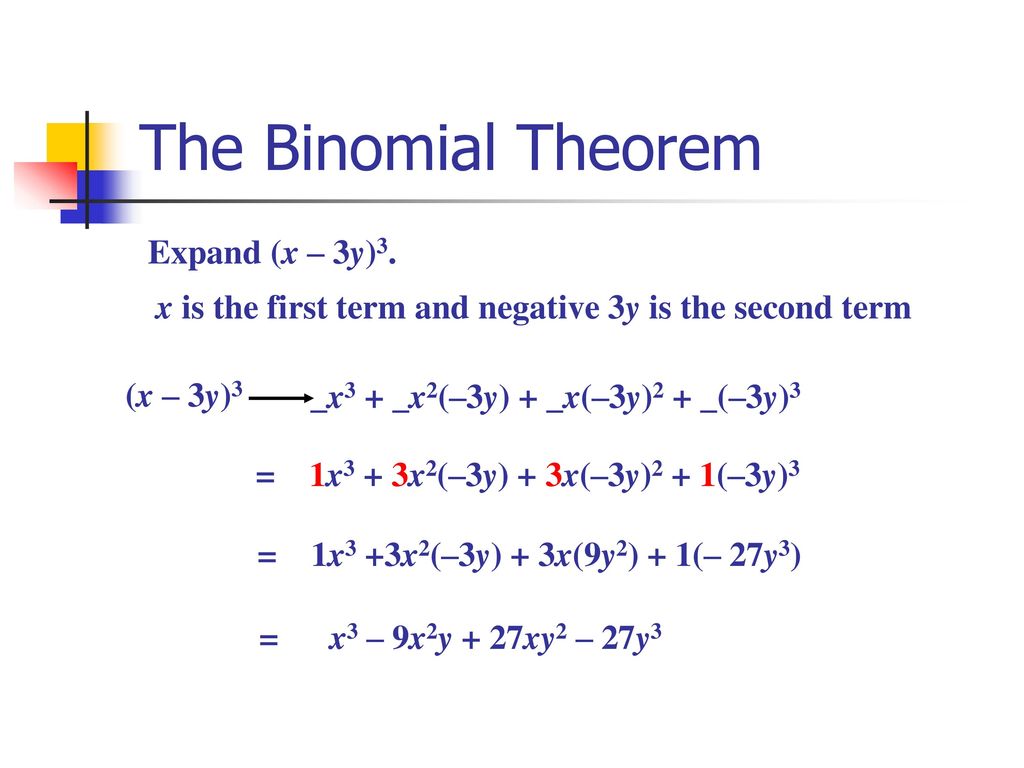



Section 8 5 The Binomial Theorem Ppt Download
The outcome of multiplying out (X Y)*(XY) A product of 2 factors The first factor of the product is a sum containing 2 termsTrigonometry Expand (xy)^3 (x y)3 ( x y) 3 Use the Binomial Theorem x3 3x2y3xy2 y3 x 3 3 x 2 y 3 x y 2 y 3Start your free trial In partnership with You are being redirected to Course Hero I want to submit the same problem to Course Hero Cancel




Section 8 5 The Binomial Theorem In This Section You Will Learn Two Techniques For Expanding A Binomial When Raised To A Power The First Method Is Called Ppt Download




Themathbooklets S2 N5 Expansion Of 2 Linear Expressions Add And Subtract Of Quadratic Expressions
We can expand x3−y3 x 3 − y 3 using the known identity (x−y)3 = x3−y3 −3xy(x−y) ( x − y) 3 = x 3 − y 3 − 3 x y ( x − y) This is done as follows $$\begin {align} (xy)^3&=x${5 \choose 2} 3x^4y^3 = 10 \times 3x^4y^3 = 30x^4y^3$ My answer was way off My powers were all correct but my coefficients were way off, not even in the same ballparkWe know the algebraic expansion of (x y) 3 Rearranging the terms in the expansion, we will get our identity for x 3 y 3 Thus, we have verified our identity mathematically



Binomial Theorem Maths Help




Expand 1 X Y 3 3 Solve It Fastly Brainly In




Binomial Theorem Solutions Examples Videos




Solved Expand X Y 5




Expand X X Y 3 3xy X Y




Ppt Binomial Expansion And More Powerpoint Presentation Free Download Id
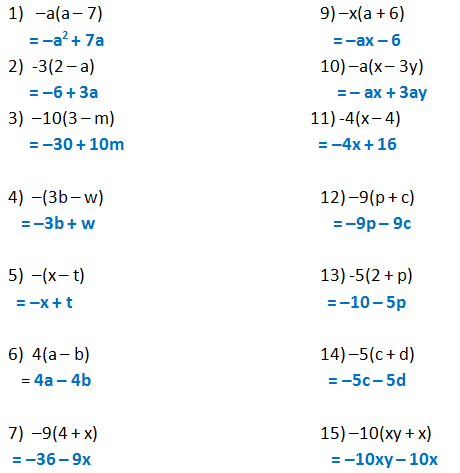



Form 2 Unit 2 Lesson 5 Expansion Of Algebraic Expression Brilliant Maths




Using Properties Of Logs To Condense Or Expand Log Expressions Logarithmic Properties Diagram Quizlet




Expand Log 3 Xy 2 Z 3




Tronxy Xy 3 Pro 3d Printer 300 300 400mm



4 The Binomial Theorem




What Is The Formula Of Math A B 3 Math Quora



Expand The Following X Y 2 Z 3




How To Expand Using The Identity X Y 3 X3 Y3 3x2y 3xy2 Youtube
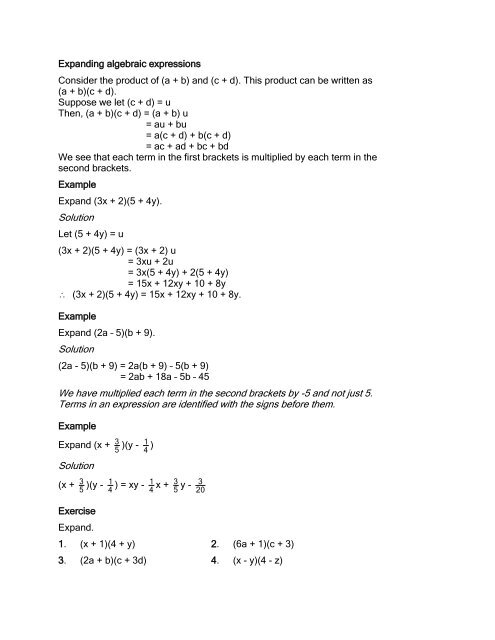



J23



Expand 1 X Y 3 Whole Cube Studyrankersonline




Pascal S Triangle And The Coefficients In The Expansion Of Binomials Ck 12 Foundation
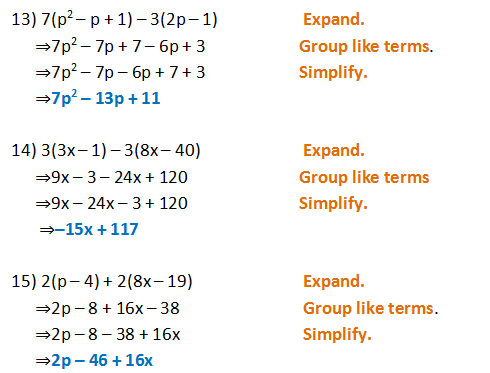



Form 2 Unit 2 Lesson 5 Expansion Of Algebraic Expression Brilliant Maths




Expand X Y 3 And X Y 2 Brainly In




Pascal S Triangle And The Binomial Theorem
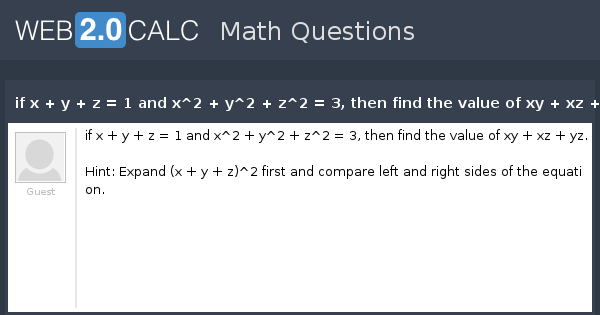



View Question If X Y Z 1 And X 2 Y 2 Z 2 3 Then Find The Value Of Xy Xz Yz




6 8 Pascal S Triangle And The Binomial Theorem Ppt Download
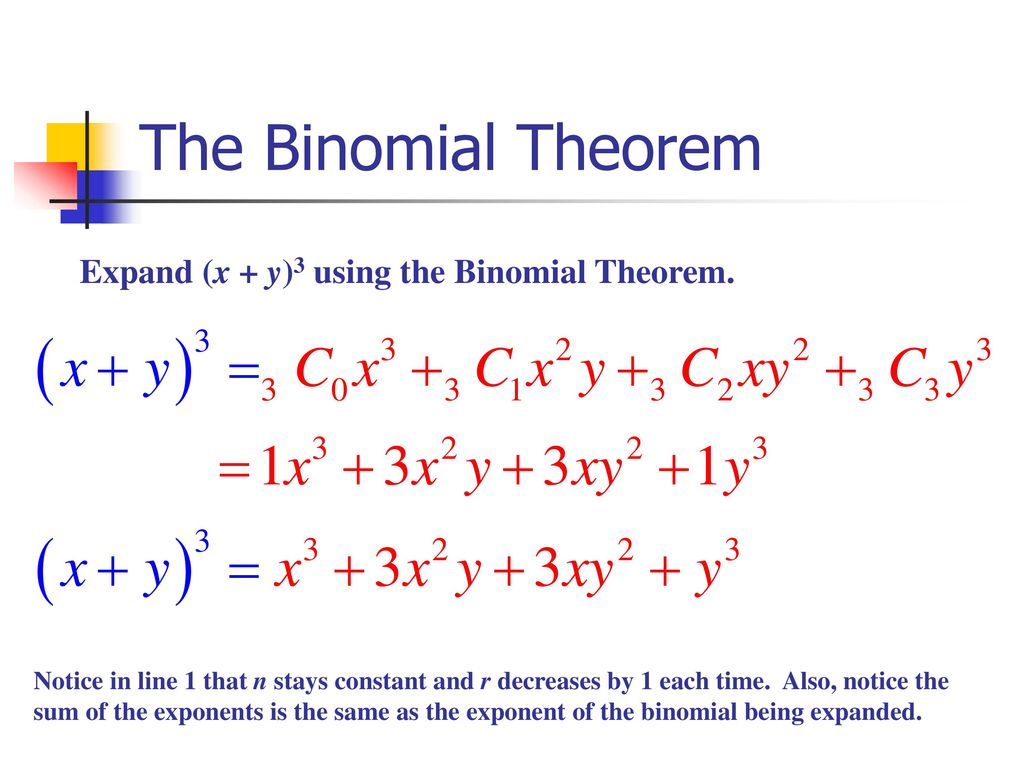



Section 8 5 The Binomial Theorem Ppt Download
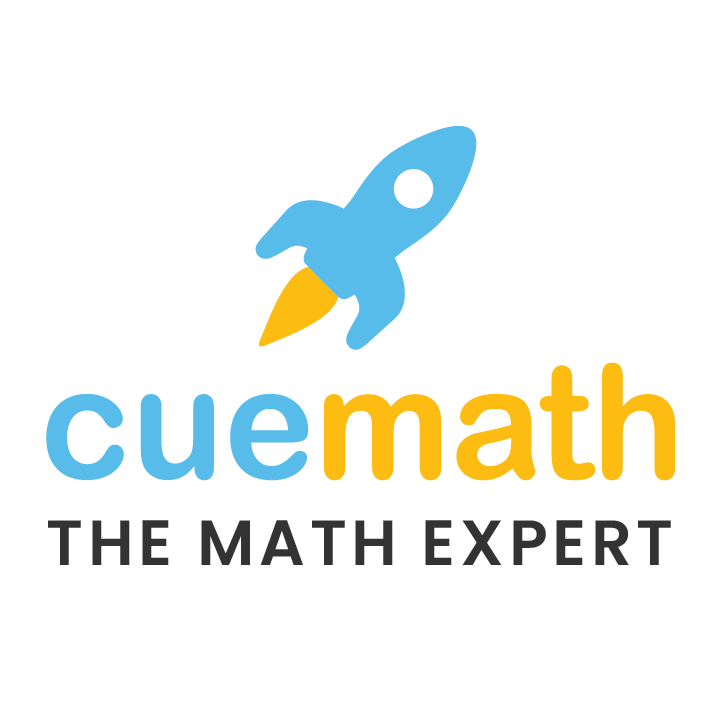



Expand X Y 3 Solved




Using Binomial Theorem Expand X Y 5 X Y 5 Dot And Hence Fi




X Y 2 3 Find The Expansion Of The Following Brainly In




Learn Algebraic Identity Of X Y And X Y In 3 Minutes
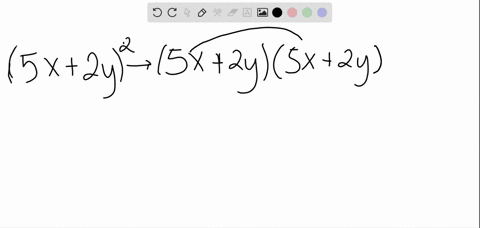



Solved Expand X Y 5




Algebra Manipulation Given X Y Xy 3 Evaluate X 3 Y 3 Mathematics Stack Exchange
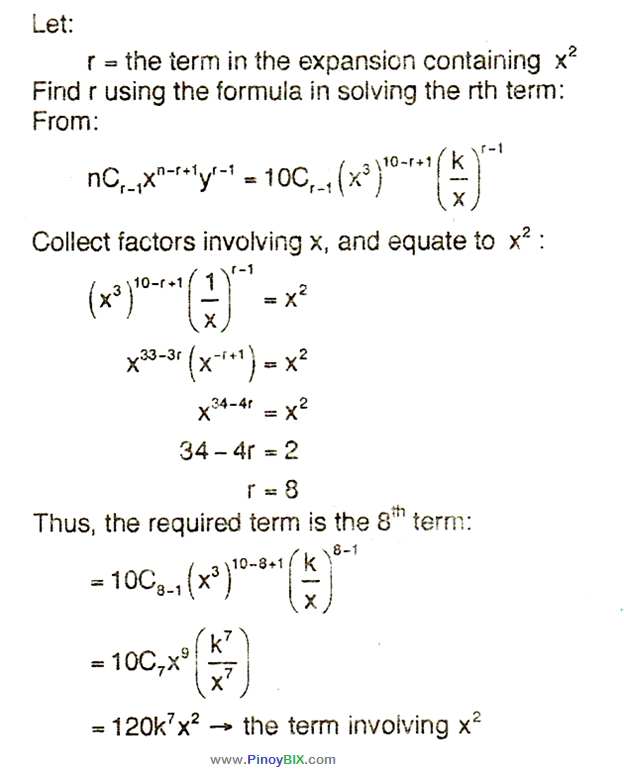



Solution Find The Term Involving X 2 In The Expansion Of X 3



What Is The Answer Of X Y Quora
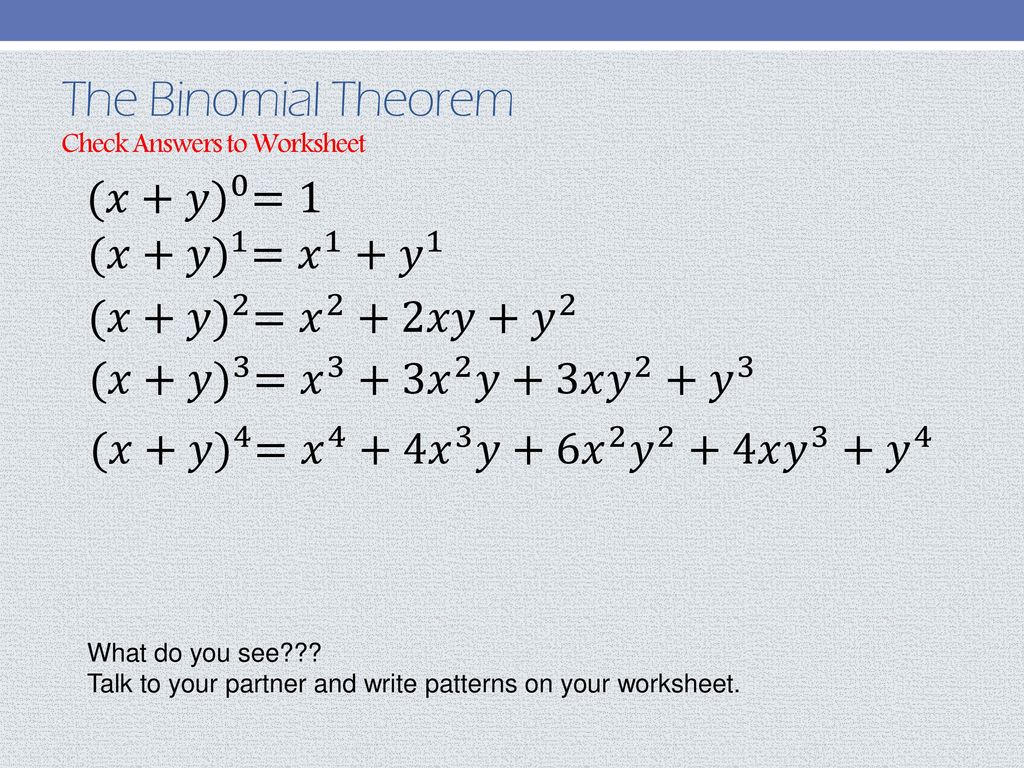



A Quick And Efficient Way To Expand Binomials Ppt Download




Expand The Given Expression 3 X3 X Y 4 Z 33 X Gauthmath




Expand Expand Terms Multiply Polynomials With Step By Step Math Problem Solver
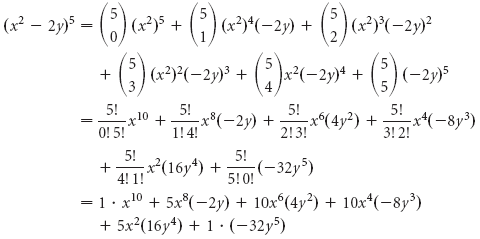



The Binomial Theorem Binomial Expansions Using Pascal S Triangle Subsets




Properties Of Logarithms Scavenger Hunt Feedback For Students Activities Scavenger Hunt




1 X Y 3 3 Expand Brainly In
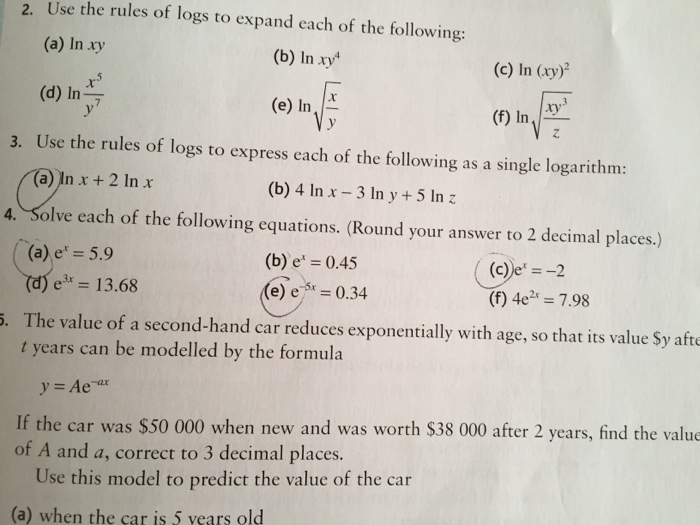



Solved 2 Use The Rules Of Logs To Expand Each Of The Fol Chegg Com



How To Expand X Y 7 Quora




4 Sealed Pokemon Xy Evolutions 3 Card Booster Packs All 4 Artworks Ebay




Write X 2y 3 In Expanded Form Maths Polynomials Meritnation Com
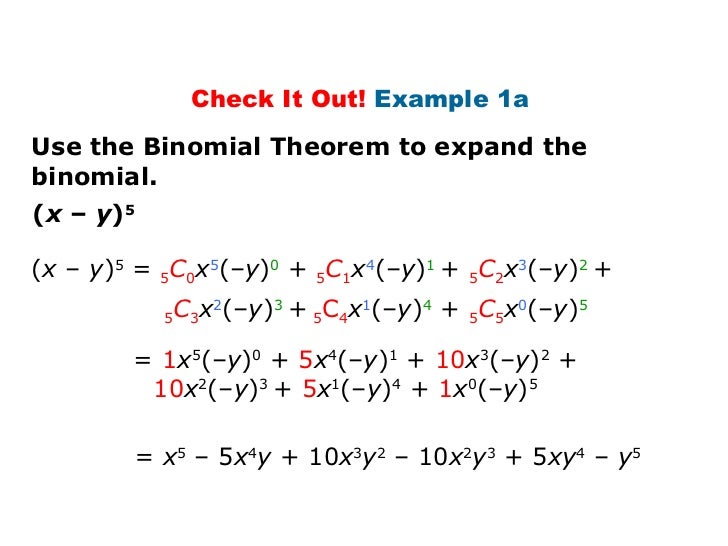



Binomial
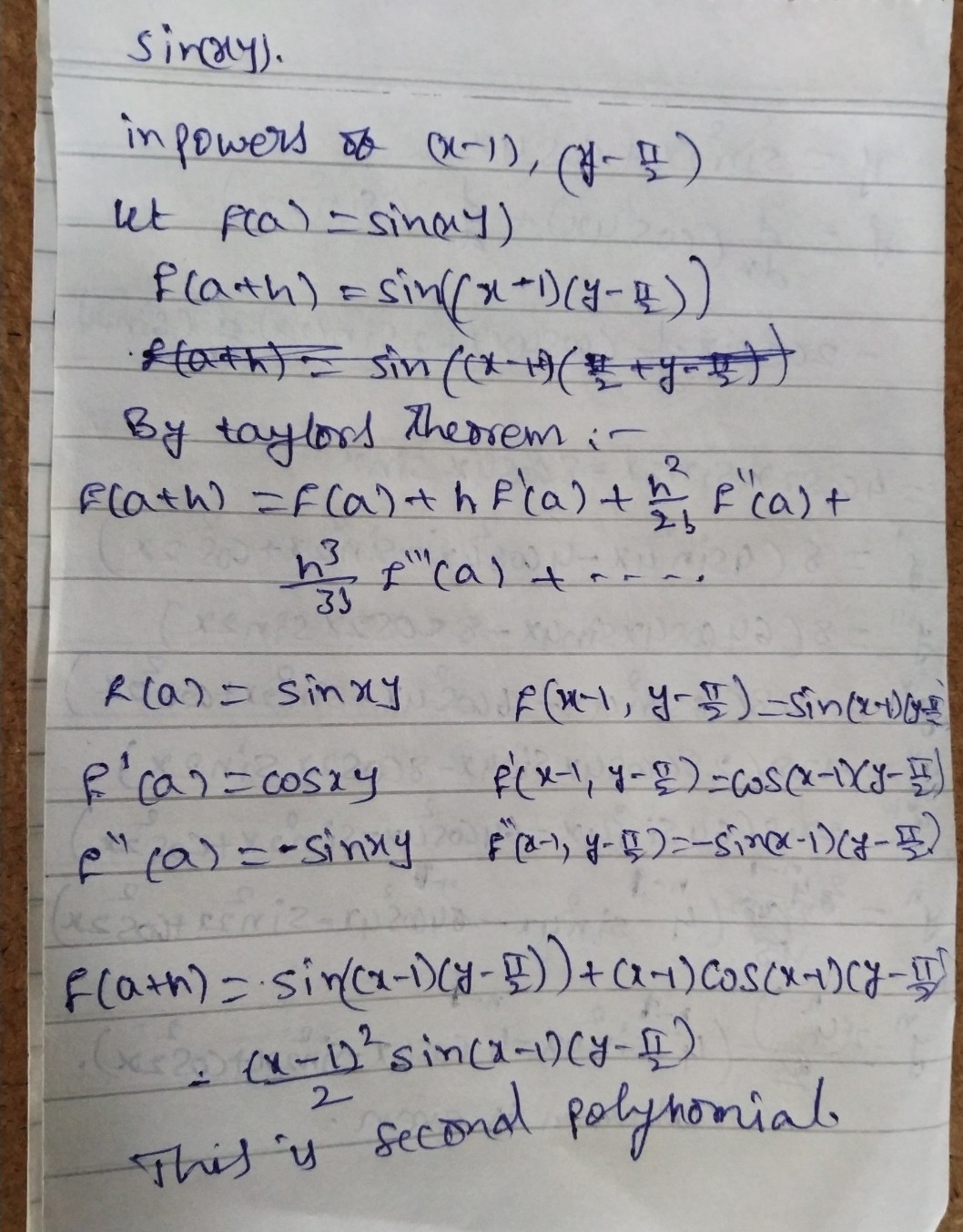



Expa Nd Sinleft Xyright 1n P See How To Solve It At Qanda
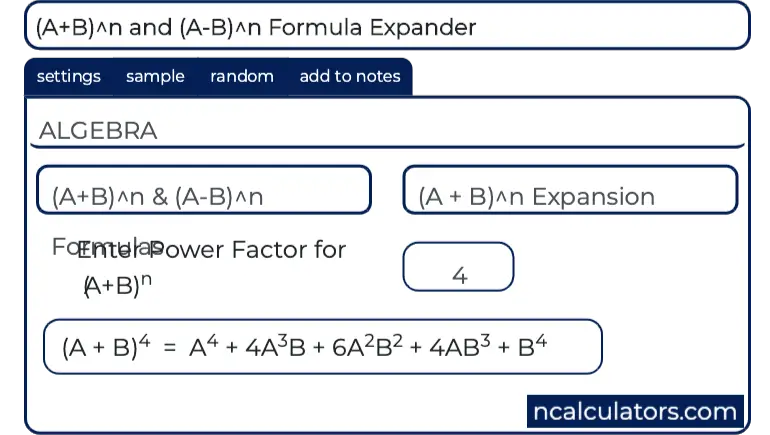



A B N And A B N Formula Expander



Write An Expression For F X Expand Any Brackets In Your Answer F X Dfrac X 8 3 Snapsolve




Binomial Theorem Topics In Precalculus




How Do You Use The Binomial Series To Expand 2x Y 9 Socratic




A Expand And Simplify The Binomial Expression 2x Y Sup 5 Sup B Use The First Four Terms Of The Expansion Above To Approximate The Value Of 3 8 Sup 5 Sup




Expand The Given Expression 3 X3 X Y 4 Z 33 X Gauthmath




Solved Exploit Symmetry To Expand The Product X 2y Y 2 Chegg Com




Expand 1x Y3 3 Maths Questions
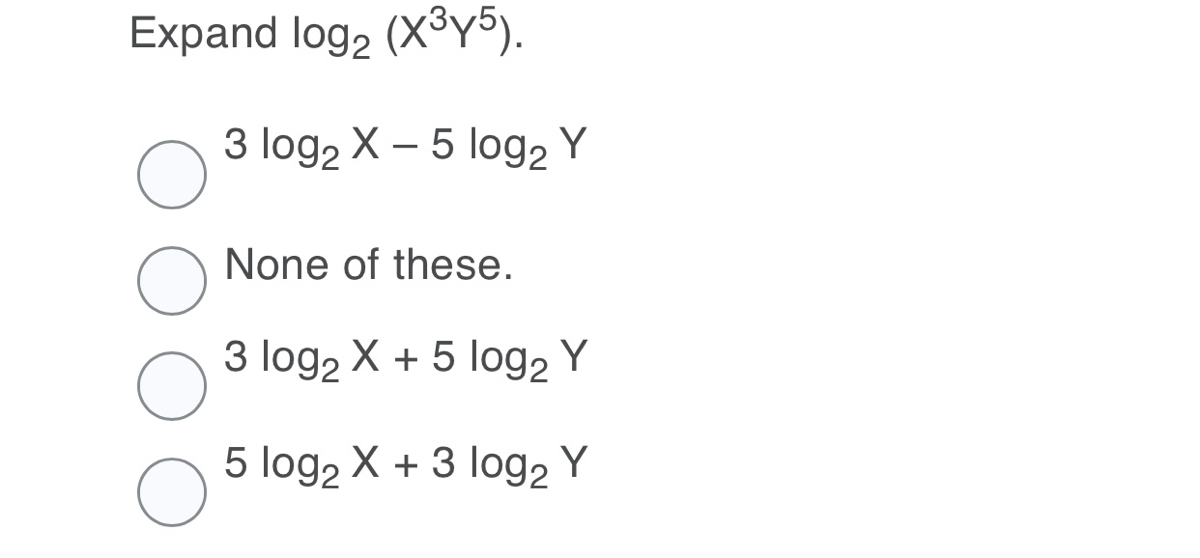



Answered Expand Log2 Xy Bartleby




How To Evaluate Using The Identity X Y 3 X3 Y3 3x2y 3xy2 Youtube




Using Binomial Theorem Expand X Y 5 X Y And Hence Find The Value Of Root 2 1 5 Root 2 1 5 Maths Binomial Theorem Meritnation Com




Alg2 March28 The Answers




Assessment Algebra Dev Assessment In Algebra Lb Hour If And Evaluate The Following Expressions Simplify 10 Expand Xy Axz Simplify 12 15 Ab Simplify 10 Solve Studocu
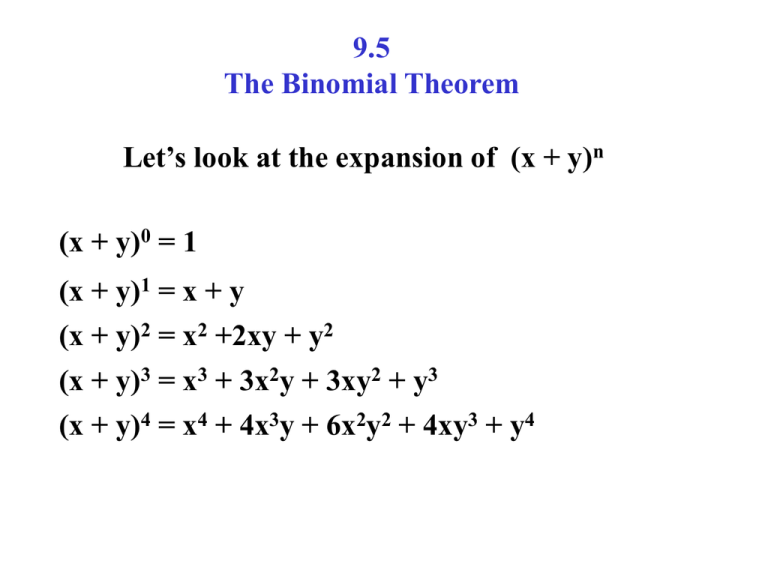



9 5 The Binomial Theorem




Expanding Binomials Video Polynomials Khan Academy




Example 7 Find Coefficient Of X6y3 In Expansion X 2y 9



Solved Example 3 A Set Up The Integral For The Length Of The Arc Of The Hyperbola Xy 3 From The Point 1 3 To The Point 6 4 B Use Simpso Course Hero




Don T Understand Why This Binomial Expansion Is Not Valid For X 1 Mathematics Stack Exchange




Wxmaxima Html Export




Ex 2 5 6 Write The Following Cubes In Expanded Form Ex 2 5
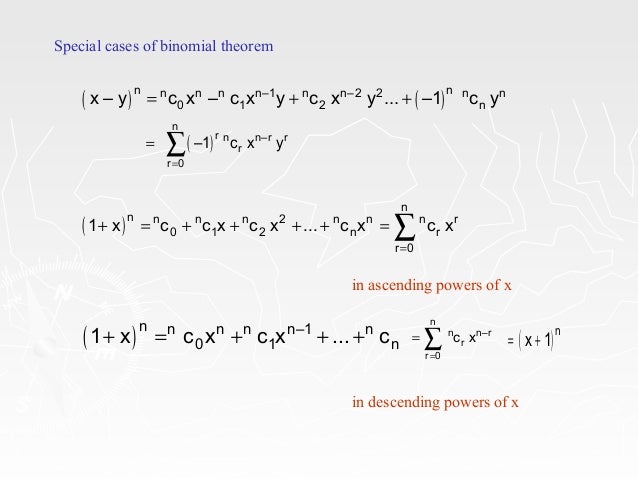



The Binomial Theorem



Termtiles Tokens Manipulatives For Algebra
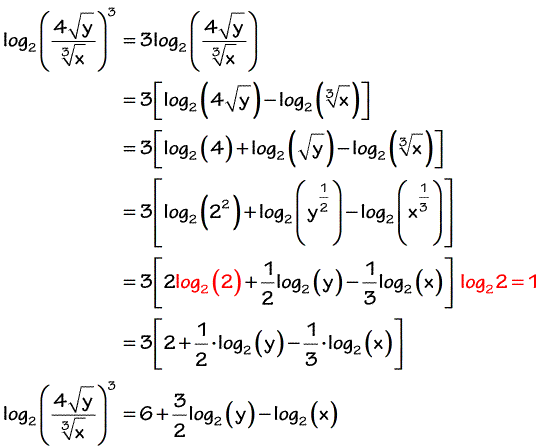



Expanding Logarithms Chilimath
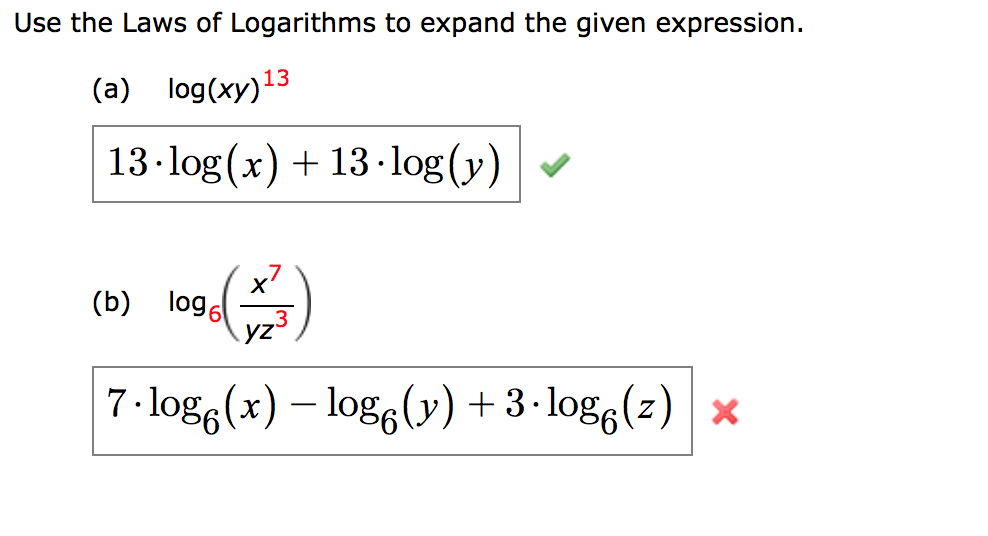



Answered Use The Laws Of Logarithms To Expand Bartleby




Binomial Coefficients And The Binomial Theorem




How Can We Expand X Y 1 2 Youtube Cute766




Learn Algebraic Identity Of X Y And X Y In 3 Minutes




A X3y 3 B X 2y 3 See How To Solve It At Qanda



0 件のコメント:
コメントを投稿